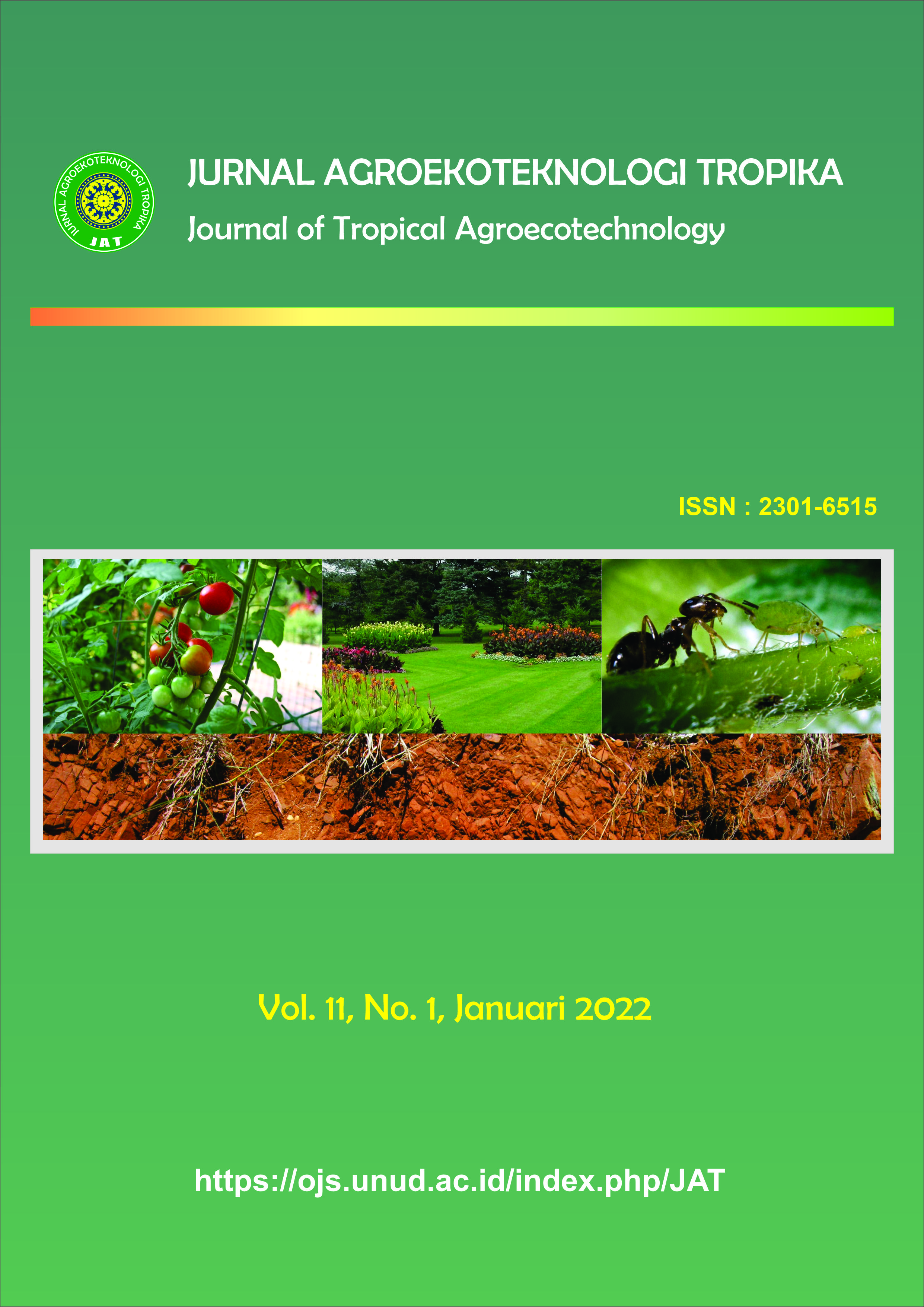Analisis Spasial Koefisian Limpasan Permukaan untuk Estimasi Luapan Banjir di DAS Tukad Buleleng Provinsi Bali
Abstract
Spatial Analysis of Surface Runoff Coefficient for Estimating Flood Overflow in Tukad Buleleng Watershed Bali Province
Land-use change of high-density vegetation, into agricultural land and built-up land in the upstream area can affect the hydrological function of the watershed. Such conditions are increasingly fatal, with high rainfall, causing a high coefficient of surface runoff. High surface runoff can cause overflow floods in watersheds, one of which is in the Tukad Buleleng watershed, Bali Province. The implication of high surface runoff is flooding in the downstream area of the watershed, thus having a detrimental impact on communities in the downstream area of the watershed. This study aims to analyze the spatial distribution of the surface runoff coefficient. Analysis of the coefficient of surface runoff using the Cook method, by utilizing spatial data of slope, land use, and soil texture. Data analysis technique using Geographic Information System (GIS) on ArcGIS 10.4 software. The results showed that the Tukad Buleleng watershed has a low to extreme runoff coefficient. The high value of the coefficient of surface runoff is due to high rainfall, steep slopes, texture dominated by clay fractions, and land use with low vegetation density. The high surface runoff coefficient value has an impact on the flood overflow in the Tukad Buleleng watershed, Bali Province.



